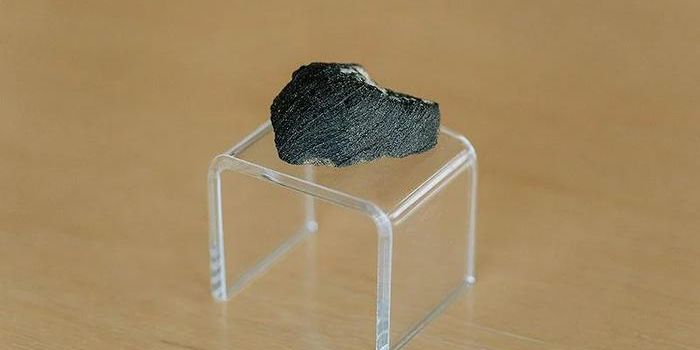Why is the Sun's Outer Atmosphere Hotter than its Surface?
The fact that the Sun's distant atmosphere is significantly hotter than its surface has been a topic of confusion in astrophysics for decades. Now, however, researchers may have identified a solar 'nanoflare'- something that may explain the phenomenon.
A billion times smaller than regular solar flares, nanoflares are incredibly difficult to spot. As such, they have only ever existed in theory. While we technically know how they should appear, current ideas on how they work are based on assumptions rather than observation.
Nevertheless, there are stringent criteria to qualify as a nanoflare. For this designation, a blast of heat must be triggered by the Sun's disorderly magnetic fields which are produced by plasma below. The reconnecting of these fields is thought to cause an explosive process that energizes and accelerates surrounding particles. Only if this activity is strong enough to heat the Sun's outer atmosphere- its corona- thousands of kilometers above, can it be considered a nanoflare.
And this is exactly what the researchers may have stumbled across when analyzing images of the Sun's corona taken from NASA's Interface Region Imaging spectrograph (IRIS satellite). A tiny loop of light they observed was millions of degrees hotter than its surroundings and erupted in a curious way.
From their data, they noted that heavy elements, including silicon, became much hotter and more energetic than lighter elements such as oxygen, which is the opposite of what normally happens. The only way for this to have been the case is if the underlying heat came from a magnetic reconnection event. After all, only under this circumstance do heavier ions have an advantage over lighter ones as they can essentially force their way through them and accrue more heat.
To confirm their results, the researchers analyzed data from the region right above the bright loop, just before it flared. In doing so, they noticed there was a 20-second delay between the brightening and a dramatic influx in temperature.
The team has since gone on to find nine other similar loops on the Sun's surface. While more loops are needed to confirm their effect on the Sun's temperature, should they be widespread enough, they could at least partially explain what goes on underneath the sun's corona.
Sources: Science Alert, NASA, Nature









